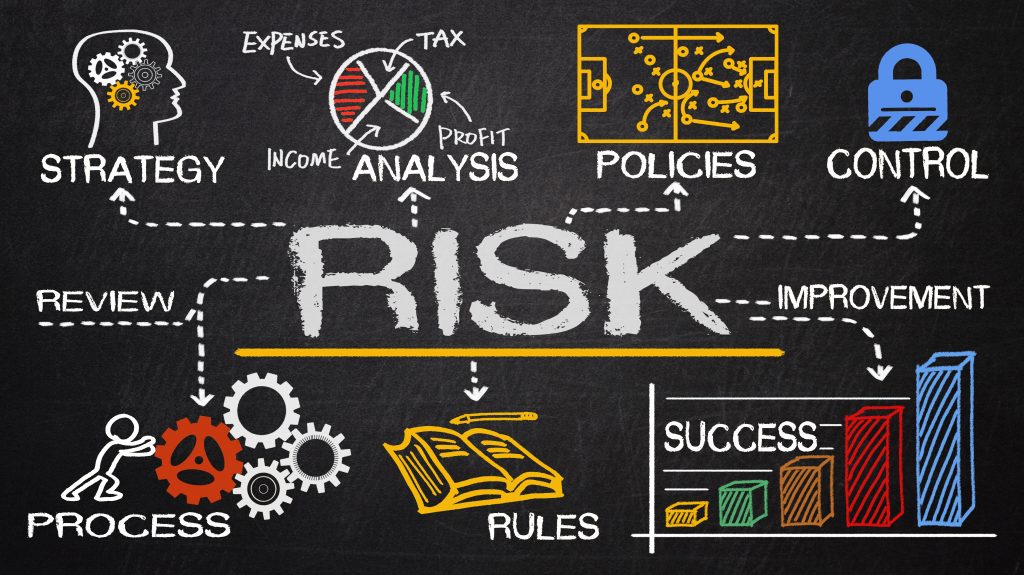Key takeaways
Scrum definition
Scrum is an agile project management framework that focuses on adaptability and teamwork. The Project Management Institute defines Scrum as “a framework that helps teams to deliver valued products iteratively and incrementally, while continually inspecting and adapting the process.” It’s designed to manage complex projects by breaking them down into smaller, manageable tasks.
Scrum methodology has three artifacts:
Scrum has five core values:
Scrum methodology
Scrum is a methodology that’s built on three core pillars. These pillars are transparency, inspection, and adaptation, and they guide the Scrum team in delivering high-quality results. These pillars are the backbone of the Scrum methodology. They make sure that the team remains aligned, efficient, and continuously improves.
Learn more:
What are the roles in Scrum?
Scrum involves a few distinct roles: product owners, Scrum masters, the development team, and stakeholders.
Product owner
This role monitors the project backlog, a list of mandatory features and requirements needed in the final product. The product owner is the customer’s advocate, whether the customer is internal or external, and makes sure the development team implements the end user’s needs and wants.
Scrum master
As the name implies, this person enforces the Scrum process and liaisons between stakeholders, the product owner, and the development team. They see to it that people communicate, reevaluate goals, and stay true to Scrum’s themes of constant evolution. Most likely, this is a project manager or team manager.
Development team
This is essentially the workhorses that do the labor to build the product. This team generally consists of individual contributors, like software developers or graphic artists. The team should have diverse skill sets to rapidly tackle new challenges and needs.
Stakeholders
Although not a formal role, external stakeholders wield a great deal of power. That’s because Scrum provides a voice to these individuals as they provide feedback after every sprint. With that feedback, the product owner adjusts the product backlog, and the development team acts accordingly.
What are Scrum’s key events?
The Scrum framework follows a set of essential ceremonies that keep the team aligned and the project on track. The cycle revolves around a narrow window of time called a sprint; in this two- to four-week period, the team is focused on a relatively small number of tasks that support broader milestones.
The cycle kicks off with a sprint planning meeting, followed by daily scrum meetings, a sprint review, and a sprint retrospective.
Learn more:
Project management tools for mastering Scrum
In mastering Scrum, your choice of project management software can make a difference. The ideal tool should offer features like sprint planning capabilities, real-time collaboration, backlog management, and robust reporting options.
Read our overview of essential software features for Agile project management to help you make an informed decision.
monday.com
monday.com offers a sprint planning template to streamline the Scrum process significantly. It allows Scrum teams to plan, execute, track, and report progress visually. The template is highly customizable, enabling you to add action items, reorder based on priority, and assign team members to each task.
One of the standout features is its built-in automations, such as setting roadblock alerts and integrating with tools like Slack for real-time updates. This makes monday.com an excellent tool for managing Scrum sprints, as it offers flexibility in team composition, retaining sprint history, and even carrying forward unfinished backlog items to the next sprint without data loss.
Asana
Asana offers a comprehensive set of features that align well with the Scrum methodology, making it a valuable tool for Agile teams. With Asana, you can break work into tasks with clear owners and due dates, organize these tasks into shared projects, and visualize your work through various project views like lists, calendars, timelines, and even Kanban boards.
The platform also supports custom fields for labeling tasks, which can be particularly useful for categorizing user stories, epics, or sprints. Automation features can streamline routine tasks, allowing Scrum teams to focus more on delivering value. Overall, Asana provides a flexible and feature-rich environment that can adapt to the iterative and collaborative nature of Scrum.
Trello
Trello’s board-based layout is a natural fit for Scrum, allowing teams to create boards for sprints and backlogs. Each card can represent a user story or task, and the lists within a board can signify different stages of the Scrum process for clear visibility.
Trello’s flexibility allows for custom labels, checklists, and due dates. These functions make it easier to manage sprints and track progress. The platform also supports various integrations and power-ups, like time tracking and reporting tools, which can enhance the Scrum process further.
Jira by Atlassian
Jira by Atlassian is designed to be a comprehensive tool for Scrum teams because it offers specialized boards that serve as single sources of truth. These boards facilitate sprint planning and iterative development, allowing teams to organize their work around specific sprint timeframes.
Jira boards also enhance communication and transparency among team members, providing features like burndown and velocity reports to track progress. The platform even extends its utility to non-technical teams, making it a versatile tool for implementing Scrum across different departments.
How is Scrum different from other project management methodologies?
Understanding how Scrum differs from other methodologies is necessary for selecting the right approach for your project’s needs.
| Scrum | Waterfall | Kanban | Lean | |
|---|---|---|---|---|
| Framework | Empirical and iterative; based on Agile principles. | Linear and sequential; each phase depends on the deliverables of the preceding phase. | Flow-based; focuses on visualizing the workflow. | Focuses on eliminating waste and optimizing flow. |
| Flexibility | High: Changes are welcome even late in the development process. | Low: Changes are costly and difficult to implement once the project has started. | Very high: Work items can be added at any time. | High: Adapting to customer needs and requirements is most important. |
| Delivery time | Fixed sprints, usually lasting 2-4 weeks. | Long phases, often months. | Continuous, items are delivered as soon as they are done. | Pull-based, items are delivered as they are needed. |
| Risk and Uncertainty | Managed through daily stand-ups, sprint reviews, and sprint retrospectives. | Risks and issues are often discovered late in the project timeline. | Managed through work-in-progress (WIP) limits and a pull system. | Low-risk, as the focus is on the value stream and reducing bottlenecks. |
If you’re interested in Scrum but need more flexibility, Scrumban might be a better methodology for your project. Learn how it combines the best of both Scrum and Kanban: What is Scrumban?
What is Scrum best for?
Scrum is best for dynamic, fast-paced environments. That’s because the framework focuses on adjusting a project’s course on the fly, rather than adhering to a rigid, predetermined path.
As a result, you’ll need a generous amount of freedom to explore unconventional solutions. Indeed, some industries, such as software development, are better built for this kind of out-of-the-box thinking.
And since Scrum operates on a fast-paced work and feedback cycle with sprints, you’ll need a team that embraces speed and regular collaboration.
When should Scrum not be used?
Sure, project managers talk a big game about Scrum. But despite its fame, the framework isn’t suitable in all cases.
Here are some situations where Scrum should not be used:
Additionally, Scrum doesn’t work in some industries. For example, businesses involved in highly regulated environments, such as health care, are unsuitable for this project management framework. These sectors don’t allow for the high degree of flexibility and unconventional solutions Scrum demands.
Is Scrum right for you?
If you work in a highly creative industry without rigid regulations, then Scrum is ideal. And although not required, a team of extroverted people interested in constant meetings and feedback cycles would also perform well within the framework.
Many project management tools can accommodate the Scrum framework and ease some of the more labor-intensive steps. So if you don’t yet have fitting software or are considering a new solution, check out our favorite PM software.





